Anxious attachment manifests as tender psychological art at Louise Bourgeois’s solo exhibit, “Rocking to Infinity,” at Kukje Gallery in central Seoul.
Opening Tuesday at the gallery’s K3 and Hanok spaces, it features over 50 drawings, paintings and sculptures by Bourgeois created in the last 20 years of her career. A self-proclaimed “woman with no secrets,” the exhibit also reads like her most intimate diary entries. Each is imbued with profound personal trauma, fear of abandonment and the human body’s desire to be nurtured and protected.
“Louise had a longstanding, almost pathological fear of abandonment,” Curator Philip Larratt-Smith of the Easton Foundation dedicated to preserving Bourgeois's legacy, told reporters at the gallery on Tuesday. “Much of her later work can be read as an aggressive attempt to ward off that fear — an assertion that if the couple remains connected, they cannot be separated again.”
Bourgeois (1911-2010), a Paris-born artist who subsequently moved to New York, is recognized as one of the most influential artists of the past century, best known as a sculptor who created viscerally honest and emotionally charged art stemming from her personal experiences. Her works have been displayed at institutions including the Metropolitan Museum of Art in New York; Belvedere Museum in Vienna, Austria; Art Gallery of New South Wales in Sydney, Australia; Mori Art Museum in Tokyo; and Fubon Art Museum in Taipei, Taiwan.
A large retrospective of the artist, containing some 160 works, is currently on display at the Hoam Museum of Art. The Kukje Gallery’s exhibit is smaller, but intimately telling of the artist nevertheless. Its title, "Rocking to Infinity," highlights time and human relationships, particularly the romantic and maternal.
“Louise believed that identity is formed through one’s relationship to the other, and the motif of the couple appears early in her work," said Larratt-Smith. "It becomes especially prominent in the last 20 years, which is also the period from which the works in this exhibition are drawn.”
A series of crimson red paintings, like the variations of hands in “10 AM Is When You Come To Me” (2006) and her prints on fabric, “Hours of the Day” (2006), hang on the K3 gallery’s upper walls, inspired by her working relationship with her longtime assistant and lover, Jerry Gorovoy. 10 a.m. is when he would come to work at her studio.
Below is a selection of gouaches and watercolors — also painted in red — that foreground the motifs that preoccupied Bourgeois in her later years: the self-portrait, the couple, the mother and child, the good mother, the family, the landscape and the spiral.
Particularly striking are her images of a woman with a large stomach containing a fetus — figures in which the artist identifies herself as the baby.
She is quoted as once saying, “I refuse to be your mother because I need a mother myself.”
“Bourgeois felt that she herself needed care, and she believed the mother–child relationship sets the pattern for all future relationships,” said Larratt-Smith. “In her work, she often speaks of the trauma of abandonment by the mother and the fear of being abandoned by others that grows out of this primal relationship.”
The show also features the sculptures — hands on top of a pink marble slab in “Untitled (No. 5)” (1998) memorializing Bourgeois's emotional bond with Gorovoy; an aluminum “Fountain” (1999) with an eternal stream of water symbolizing continuity of relationships; and a cast aluminum hanging sculpture “The Couple” (2007-2009) depicting a couple intertwined with each other — all carrying similar thematic consistency: beauty, sex, death, the fear of abandonment and the need for human connection.
The gallery’s Hanok exhibit hall features 16 of Bourgeois’s abstract paintings on coffee filters, rarely exhibited publicly, according to the Easton Foundation.
“Rocking to Infinity” runs through Oct. 26.
!["Mother and Child" (2007) by Louise Bourgeois [KUKJE GALLERY]](https://imgnews.pstatic.net/image/640/2025/09/03/0000076101_001_20250903141713325.jpg?type=w860)
![“The Couple” (2007-2009) [KUKJE GALLERY]](https://imgnews.pstatic.net/image/640/2025/09/03/0000076101_002_20250903141713437.jpg?type=w860)
!["Rouge" (2008) [KUKJE GALLERY]](https://imgnews.pstatic.net/image/640/2025/09/03/0000076101_003_20250903141713563.jpg?type=w860)
!["10 AM Is When You Come To Me" (2006) [KUKJE GALLERY]](https://imgnews.pstatic.net/image/640/2025/09/03/0000076101_004_20250903141713689.jpg?type=w860)
!["Hours of the Day" (2006) [KUKJE GALLERY]](https://imgnews.pstatic.net/image/640/2025/09/03/0000076101_005_20250903141713823.jpg?type=w860)
!["Fountain" (1999) [KUKJE GALLERY]](https://imgnews.pstatic.net/image/640/2025/09/03/0000076101_006_20250903141713935.jpg?type=w860)
![″Untitled″ (1994) [KUKJE GALLERY]](https://imgnews.pstatic.net/image/640/2025/09/03/0000076101_007_20250903141714263.jpg?type=w860)

















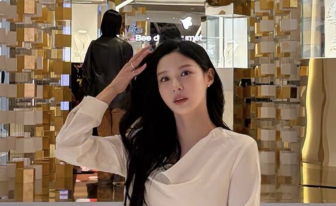
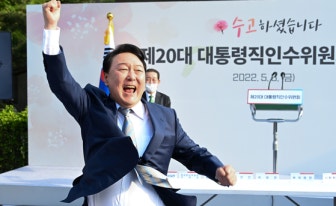
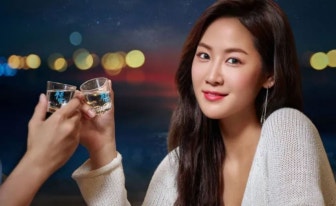
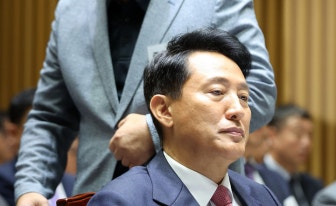
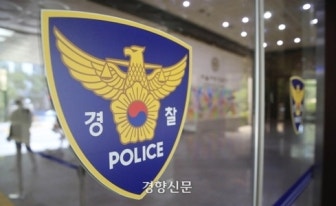
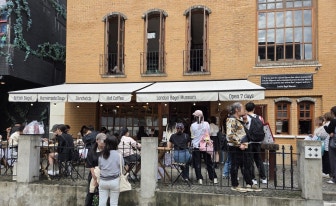
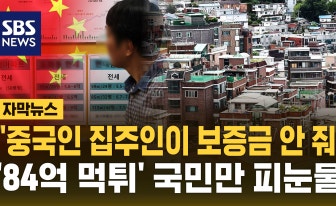
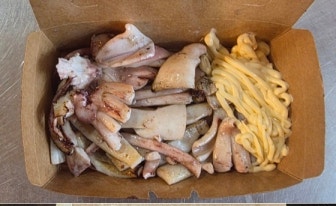
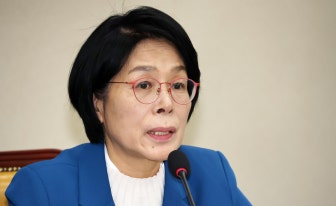
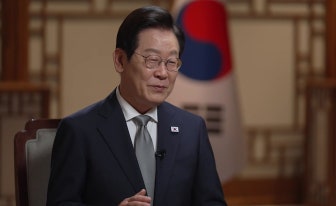
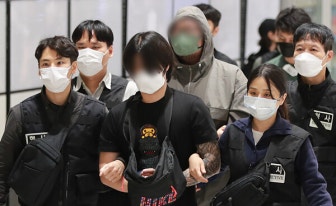
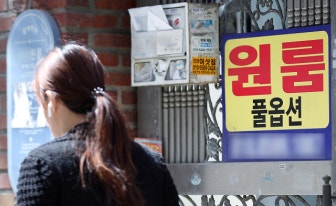
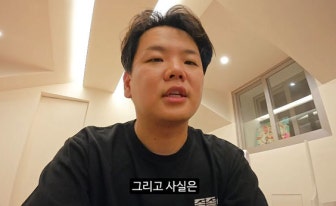
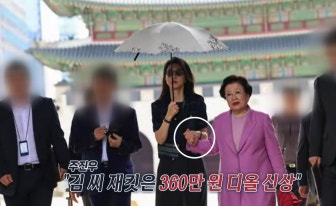
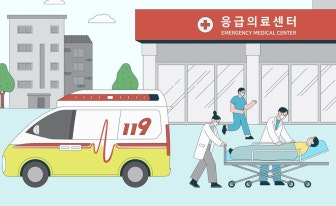
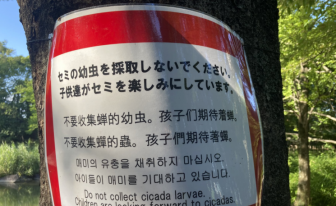
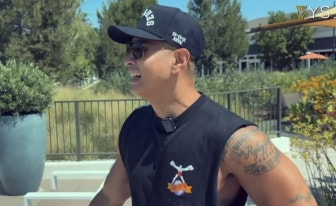
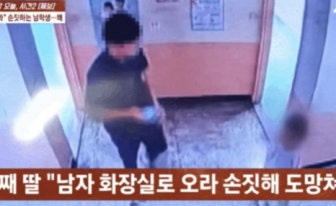
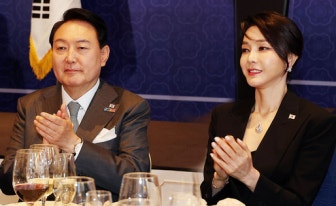


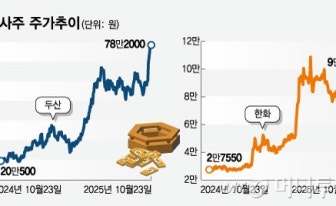
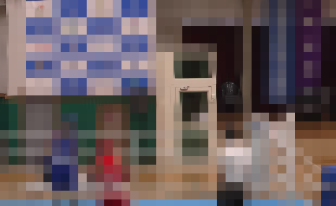
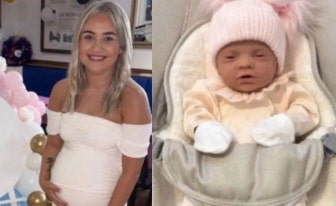
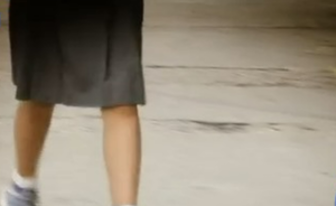
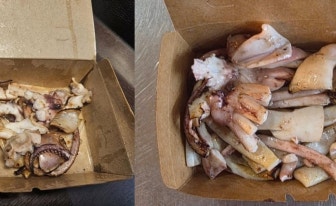
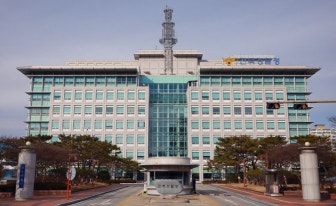
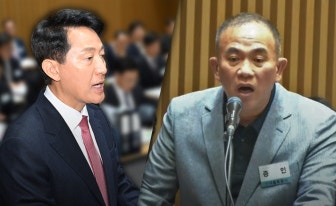
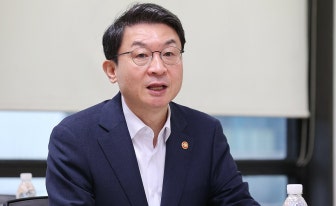
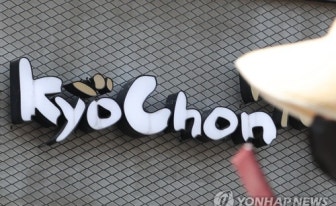



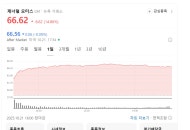
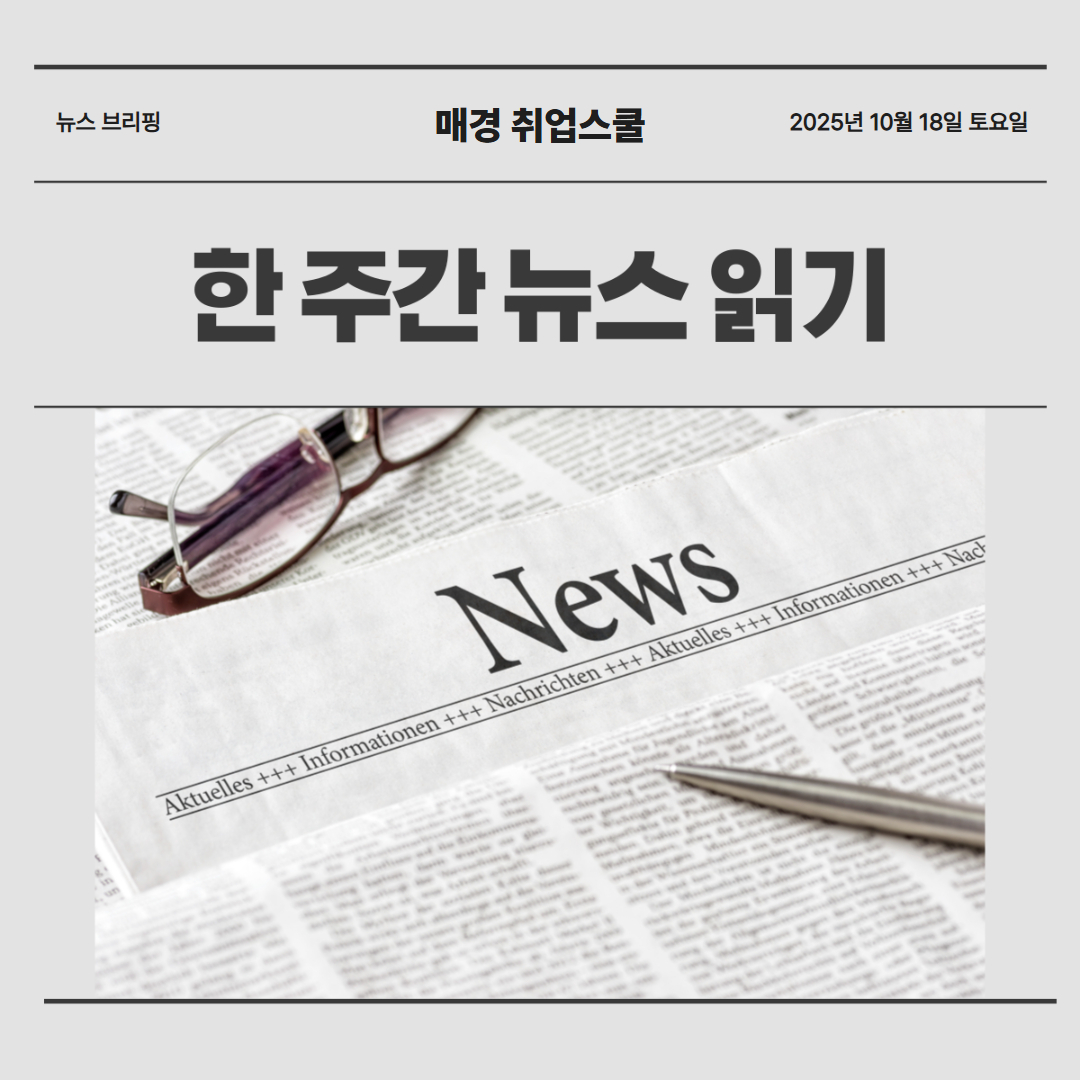.jpg?type=nf190_130)
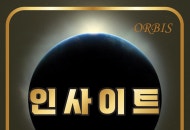
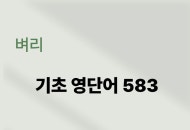
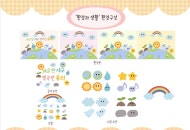

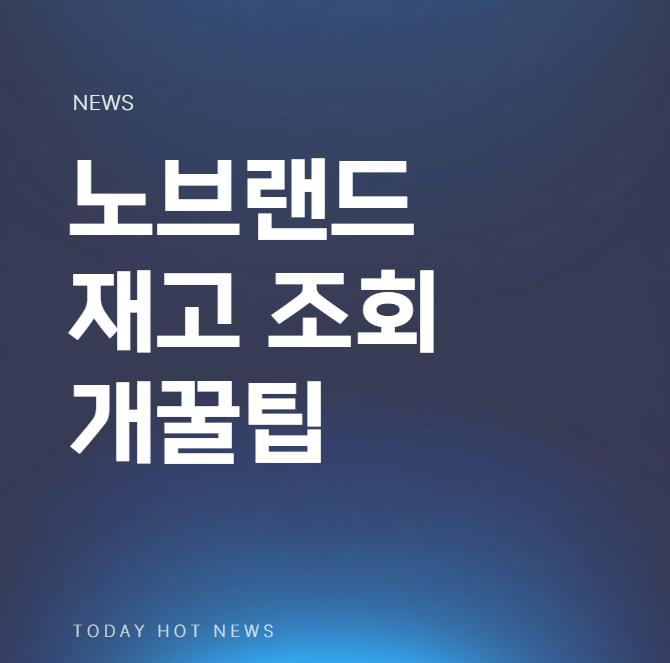.png?type=nf190_130)